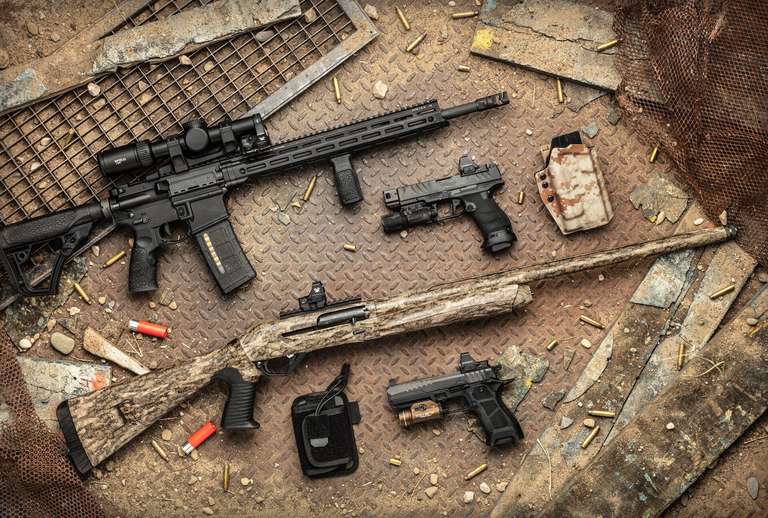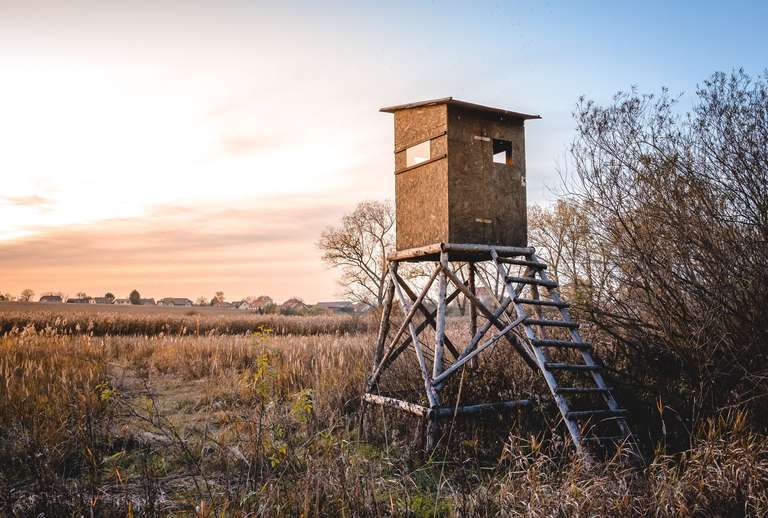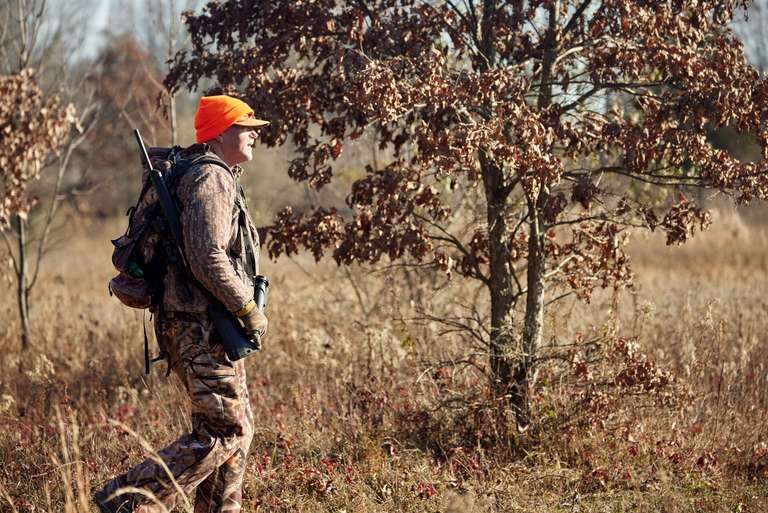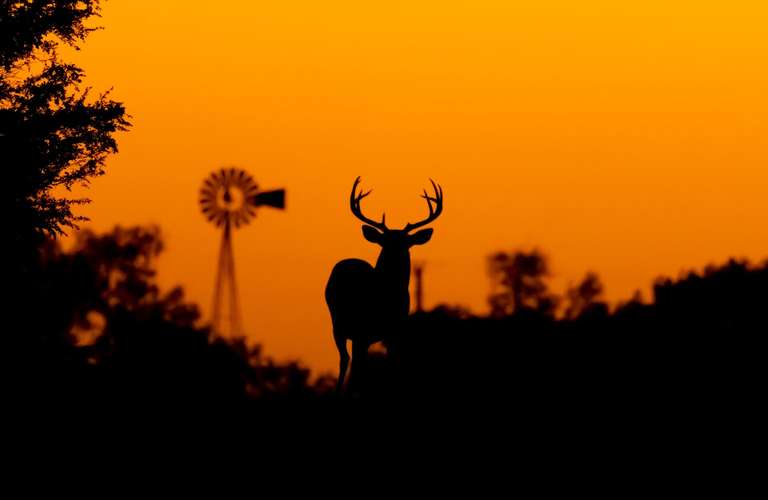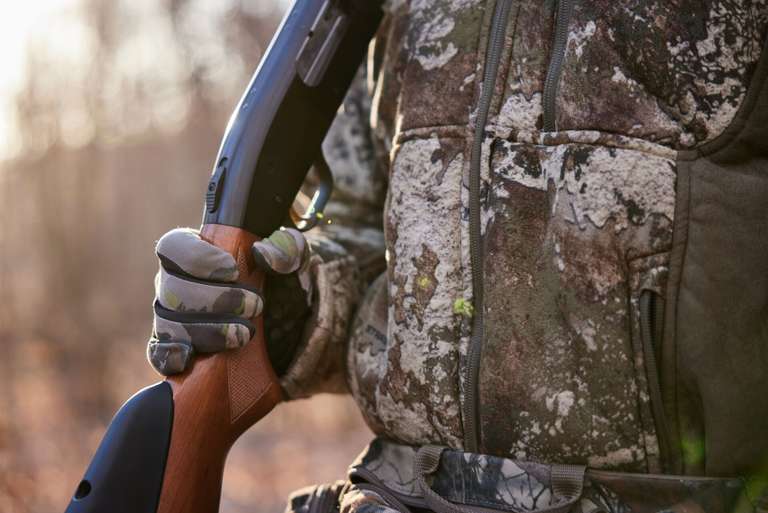A Guide to Identifying the Parts of a Bow
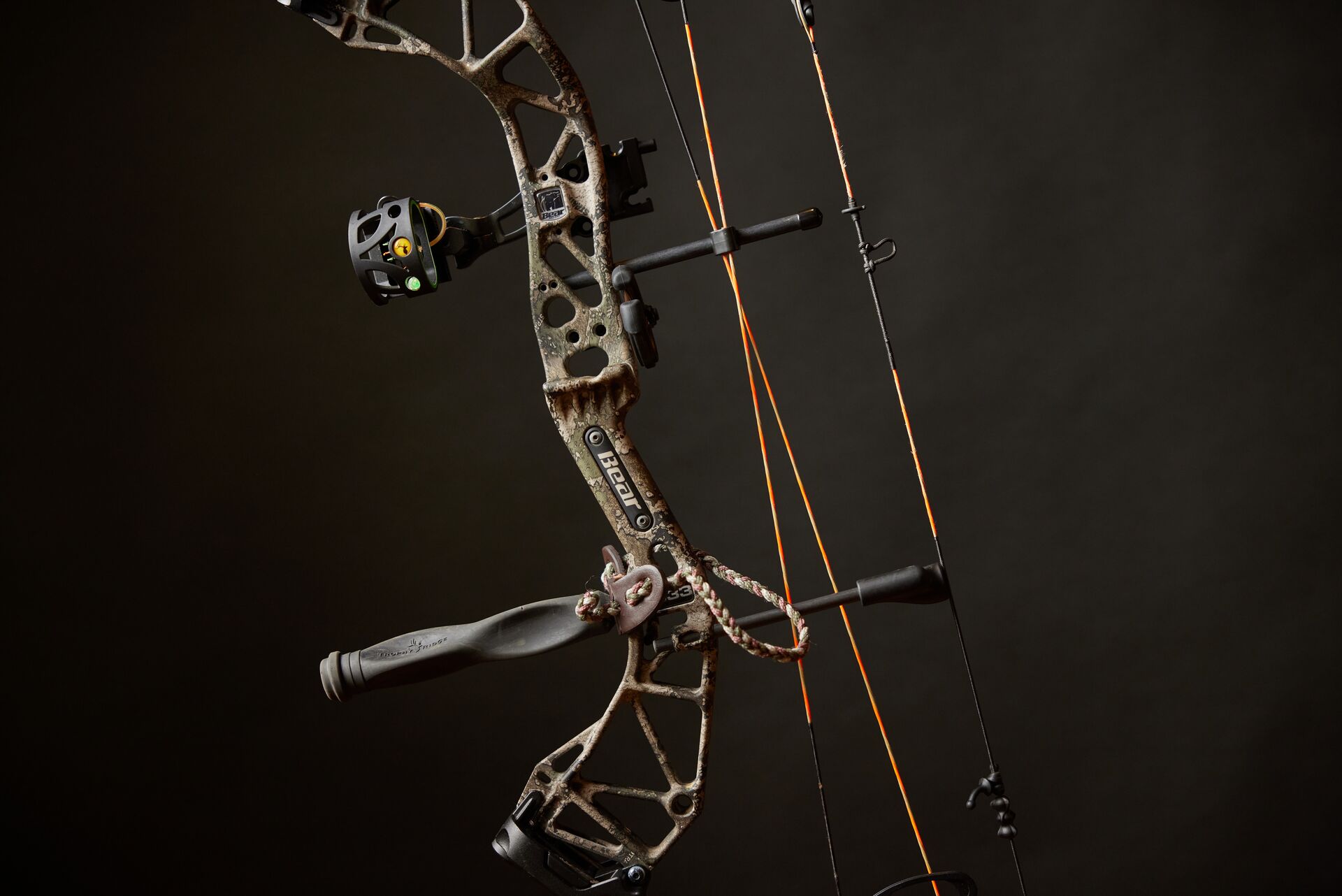
One thing is true for both seasoned and new hunters alike: Knowing the different parts of your bow is the foundation for using one like a pro.
Understanding the workings of a bow improves hunter safety and effectiveness, and it is also handy when maintaining equipment.
This comprehensive guide breaks down the main components of bows, focusing primarily on the compound bow, the most common bow used by modern bowhunters.
The Importance of Understanding Your Equipment
A successful hunt relies on a hunter's knowledge of their gear.
By familiarizing yourself with the parts of your bow, you can prevent and troubleshoot issues, eliminating distractions from your hunt. Knowing your equipment inside and out can make the difference between coming home victorious or frustrated – while being unfamiliar with your bow or other gear can lead to a serious injury.
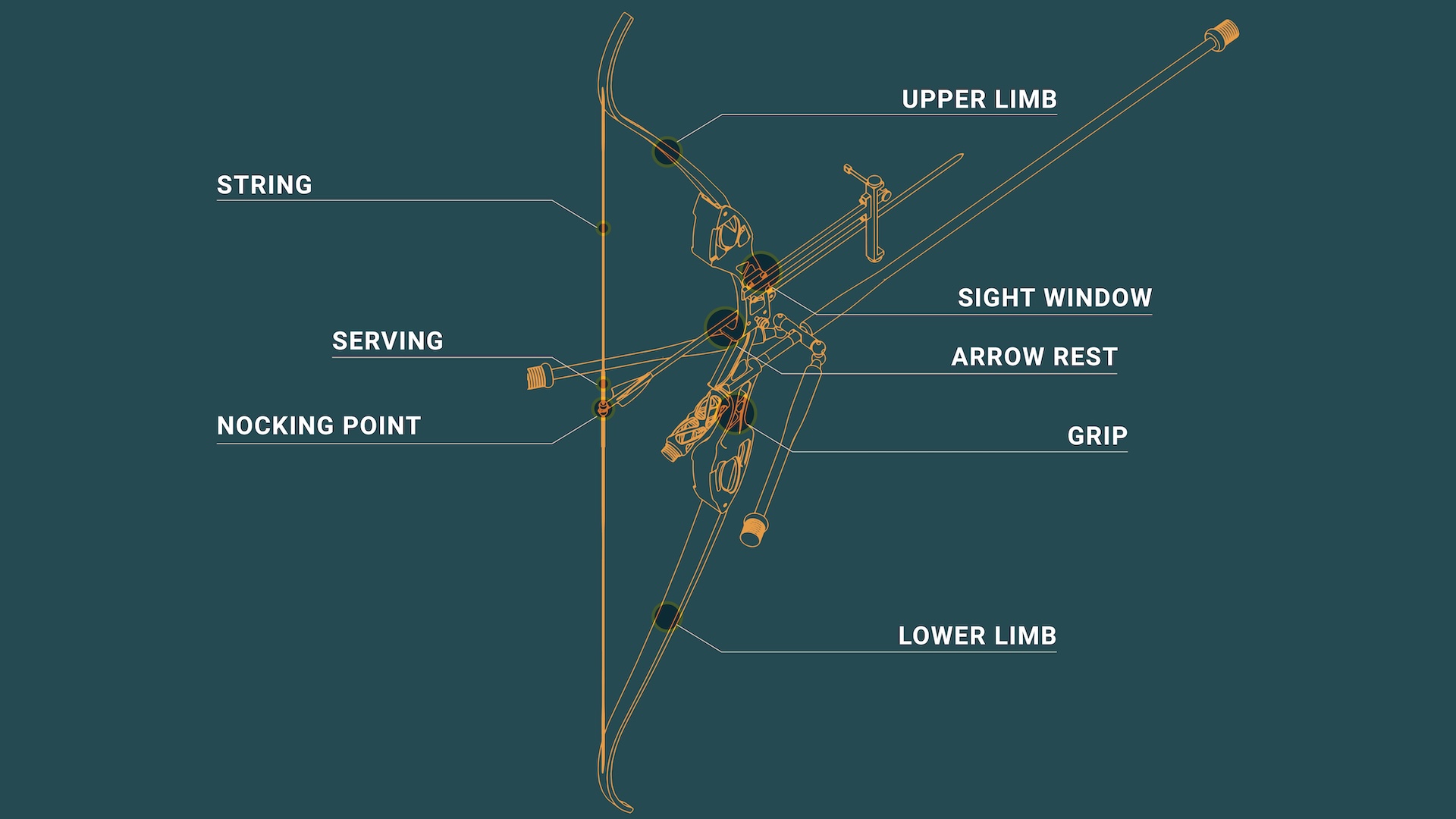
Types of Bows
Various types of bows are used today, including recurve bows, longbows, and crossbows.
However, this guide will focus on the compound bow, which most hunters prefer for its power, accuracy, and user-friendly design.
What Are the Basic Components of a Compound Bow?
The composition of a modern bow is pretty straightforward. Here are the essential parts to know and understand.
Riser
The riser is the central hub of your bow, where the limbs attach. Made from sturdy, modern materials like aluminum or carbon fiber, it provides the necessary stability for accurate shooting and supports the other components of the bow.
Limbs
The limbs are the bow's flexible parts attached to the riser. They store and release the energy created during the draw.
Typically made from layered composite materials, these parts bend when you draw the string and snap back to their original position when you release it, propelling the arrow forward.
Bowstring
The bowstring is typically crafted from high-strength synthetic fibers and connects the bow's limbs. It's essential for launching the arrow, and regular inspection and maintenance are needed to ensure it remains in good condition for safe and effective use.
Waxing and maintaining a string extends its life, but it's good practice to have it checked by a bowyer each season.
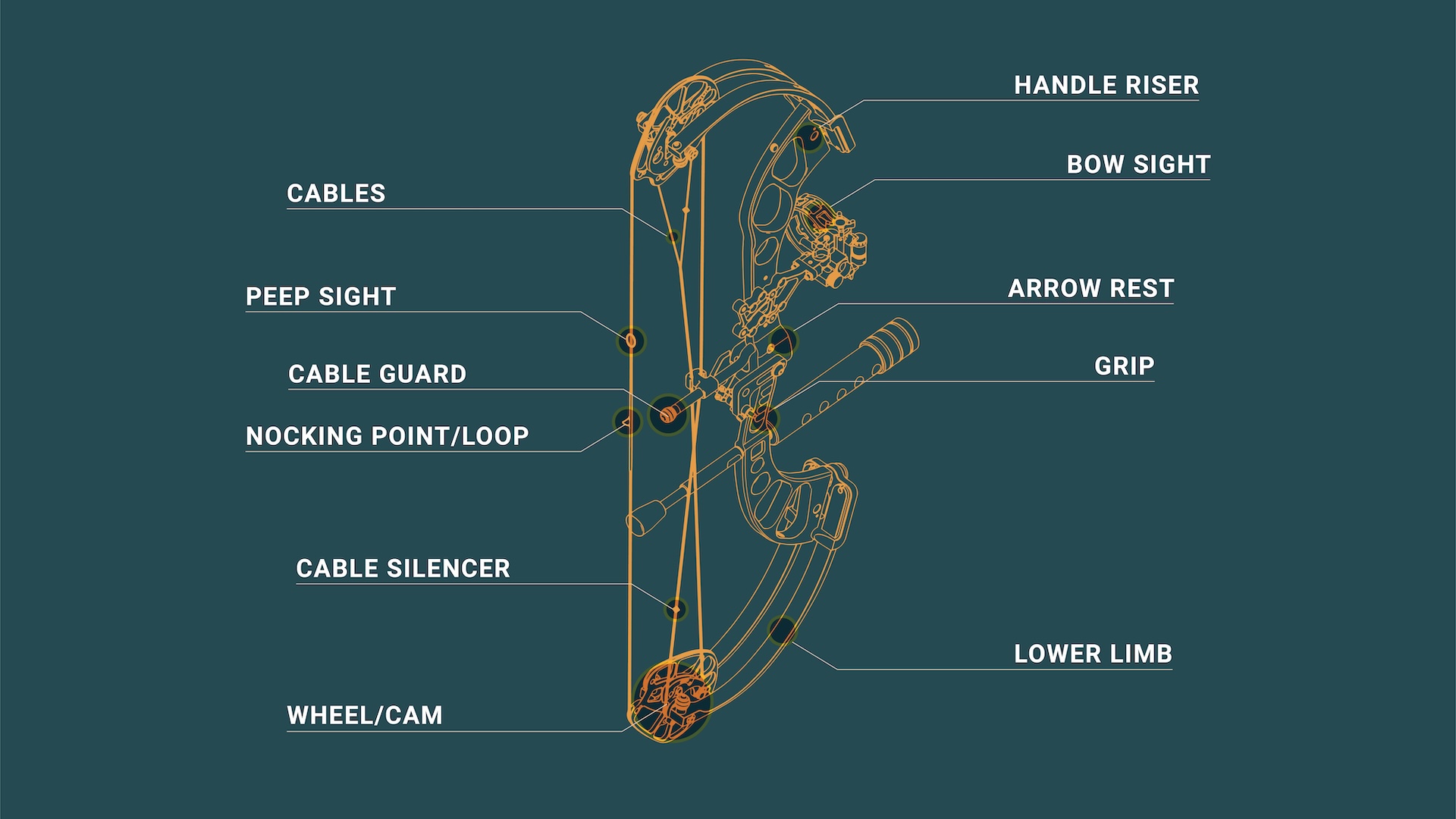
Additional Components for Compound Bows
Other components help make up a modern compound bow. Here are the other key components to understand when using this type of bow.
Cams or Wheels
Compound bows have cams or wheels that help reduce the draw weight and control the let-off, making it easier to hold the bow at full draw. These systems come in various configurations, including single cam, dual cam, hybrid cam, and binary cam setups, each offering different advantages.
Cams are a core part of what makes a compound bow capable of delivering amplified force with greater usability than traditional bows.
Cable Guard and Slide
The cable guard and slide are critical for keeping the cables out of the arrow's path. They also help reduce friction and ensure a smooth, efficient shot.
Arrow Rest
The arrow rest supports the arrow before and during the shot, ensuring it remains in place and aligned.
There are several types of arrow rests, such as drop-away, containment, and prong rests, each offering unique benefits for your shooting style. Some are quieter than others, so a little extra research here can go a long way.
Additional Accessories
Other archery components add to the overall functionality of your bow. Here's a short list.
The Sight
Instead of shooting along the eye line, a bow sight provides aiming reference points, which will improve your accuracy.
Types of sights include fixed pin, movable pin, pendulum, and bow-mounted rangefinders, each designed to suit different shooting preferences and conditions. Modern compound bows are often used with a lighted sight, making low-light shots more manageable and humane.
Using a lighted sight is a judgment call, but most modern hunters prefer to have the option available if needed.
Stabilizer
The stabilizer is a big part of making a compound bow easy and comfortable. It helps balance the bow and reduces vibration, making your shots accurate and reducing fatigue during long practice sessions.
Quiver
Quivers securely hold your arrows and allow for quick access.
They come in various styles, including bow-mounted, hip, and backpack quivers, catering to different hunting needs and preferences. Most hunters prefer detachable quivers.
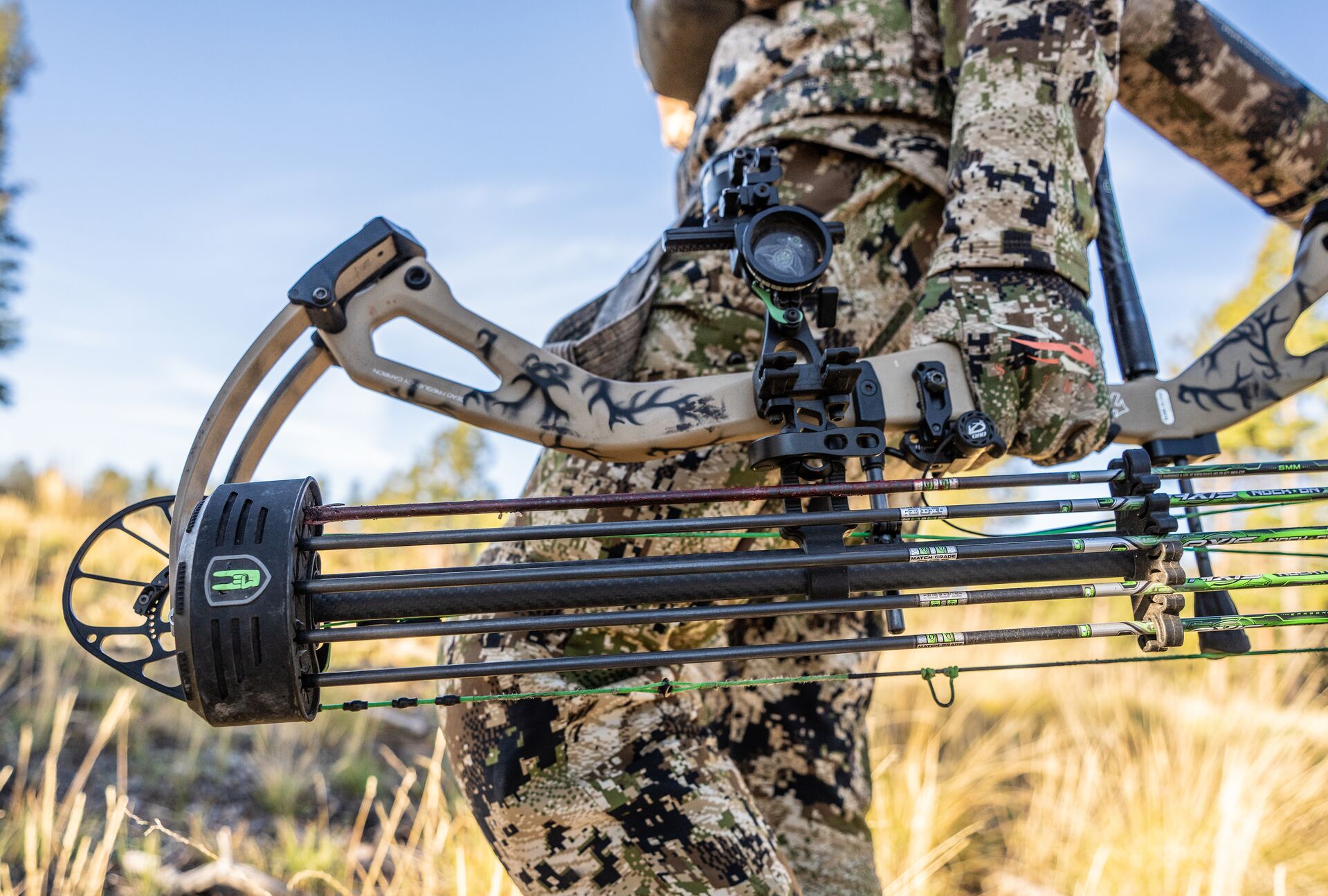
Maintenance and Care for Your Bow
Keeping a regular maintenance schedule is essential. Add the following to your preseason checklist so you and your bow are ready for the first day of the open season.
Regular Inspection
Regularly inspect your bow for signs of wear and tear. Early detection of issues that cause injury is a part of basic hunter safety, preventing accidents, and extending the lifespan of your equipment.
Cleaning and Storage
Proper cleaning and storage are crucial for maintaining your bow. After each use, wipe it down with a soft cloth and store it in a climate-controlled space to protect it from moisture and extreme temperatures.
Professional Tune-Ups
Periodically, have your bow checked and tuned by a professional to ensure all components are in optimal condition and functioning correctly.
Weak strings, faulty cams, and damaged limbs can go undetected. A compound bow's catastrophic failure can cause injury, but it is easily preventable by sticking to a regular maintenance schedule and getting it tuned by a bowyer before each season.
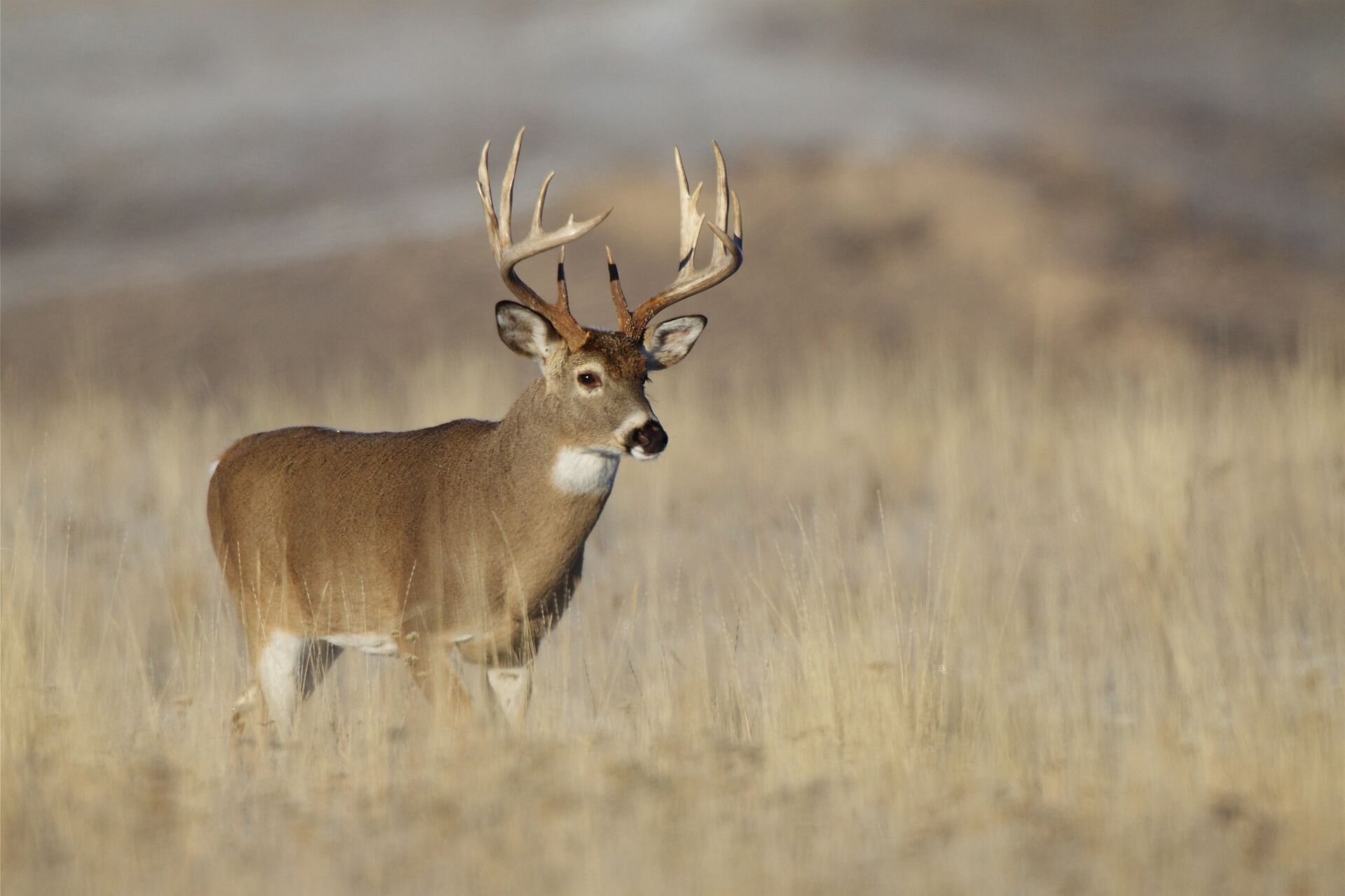
Understanding the Parts of a Bow is Crucial for Safety in the Field
Understanding and maintaining your bow can significantly enhance your hunting experience. Regular practice and thorough familiarity with your equipment will improve your performance and ensure your safety.
For a more complete look at hunting equipment and safety, consider taking a hunter safety course through ilearntohunt. Most states require hunters to pass a hunting education course, and what better way to learn than through an online, interactive, and gamified experience like ilearntohunt? We teach safety essentials along with insights into hunting with bows and firearms.
Education prepares you for future hunting challenges, paving the way for your safety and success in the field. We want every hunter to enjoy their hunts and return home safely and successfully! So, find the course for your state and start learning so you're ready for your next hunt.

